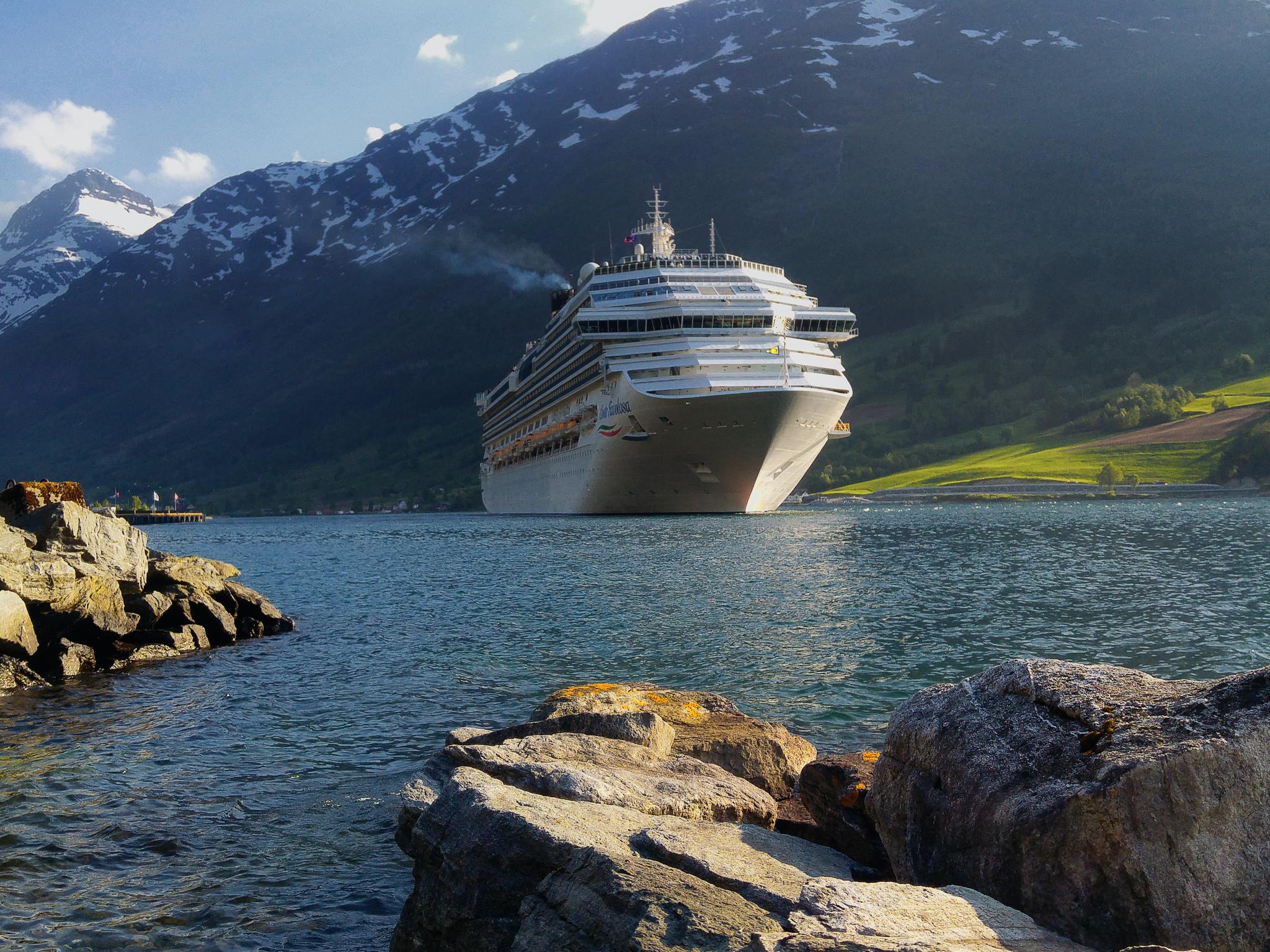The cruise industry is back and booming.
By the end of 2023, an estimated 31.5 million passengers will travel on a cruise ship and that figure exceeds even pre-pandemic numbers.
The cruise sector is expected to keep growing exponentially, with Statista estimating nearly 40 million annual cruisers by 2027.
With this uptick, though, comes renewed questions about the cruise industry’s negative effect on the environment.
Cruise ships are “an environmental disaster,” a journal reported, with the behemoth ships having a massive effect on the climate. One study showed that the average cruise ship produces the same amount of carbon emissions as 12,000 cars.
While other transportation sectors, like air travel, are working to become more eco-friendly, cruise ships have long been the bane of environmentalists.
However, the cruise industry has begun working on alternatives to their fuel-guzzling vessels and is exploring ways to make voyages by ship both enjoyable and green.
How bad are cruise ships for the environment?
Traditional diesel-powered cruise ships pump out massive quantities of toxic emissions, experts say.
While the entire shipping industry emits 2.9% of global carbon dioxide emissions, cruise ships produce more carbon dioxide annually on average than any other kind of ship due to their air conditioning, heated pools and other hotel amenities.
Many resort towns that welcome cruise ships have been directly affected by pollution from the vessels, and there has been a purported rise in medical problems in some of these areas.
In the French city of Marseille, for instance, shipping pollution is estimated to account for up to 10% of the city’s air pollution problem a news agency reported.
How are cruise lines reacting?
One of the key aspects of the shift is an attempted move toward alternative fuel sources. Industry trade group Cruise Lines International Association (CLIA) has committed to net-zero carbon emissions by 2050.
Two main alternates are battery and hydrogen-powered ships.
Despite the well-publicized danger of hydrogen vehicles, more than 15% of cruise ships debuting in the next five years will be equipped with hydrogen fuel cells or battery incorporations, CLIA said, with Stanford University professor Marc Jacobsen telling a news channel they are “far cleaner solutions” for ships.
Norwegian cruise line Hurtigruten has said it will no longer build fossil fuel-based ships, and is attempting to craft the world’s first zero-emission liner.
The ship will operate on batteries that would allow it to run for well over 300 miles before recharging, the news agency reported.
To maximize the ship’s range before charging, Hurtigruten is exploring using underwater maneuvering jets that can retract into the hull to cut drag, and will potentially be adding sails and solar panels to harness extra power.
The company told a news agency that they will have a final design for the ship by 2025, with plans to have it water-ready by 2030.
Tags: Air travel, carbon dioxide emissions, Cruise Industry, Cruise Lines International Association (CLIA), cruise ships, Hurtigruten Norway, pre-pandemic numbers, shipping industry, zero-emission, Norwegian cruise line, ]
